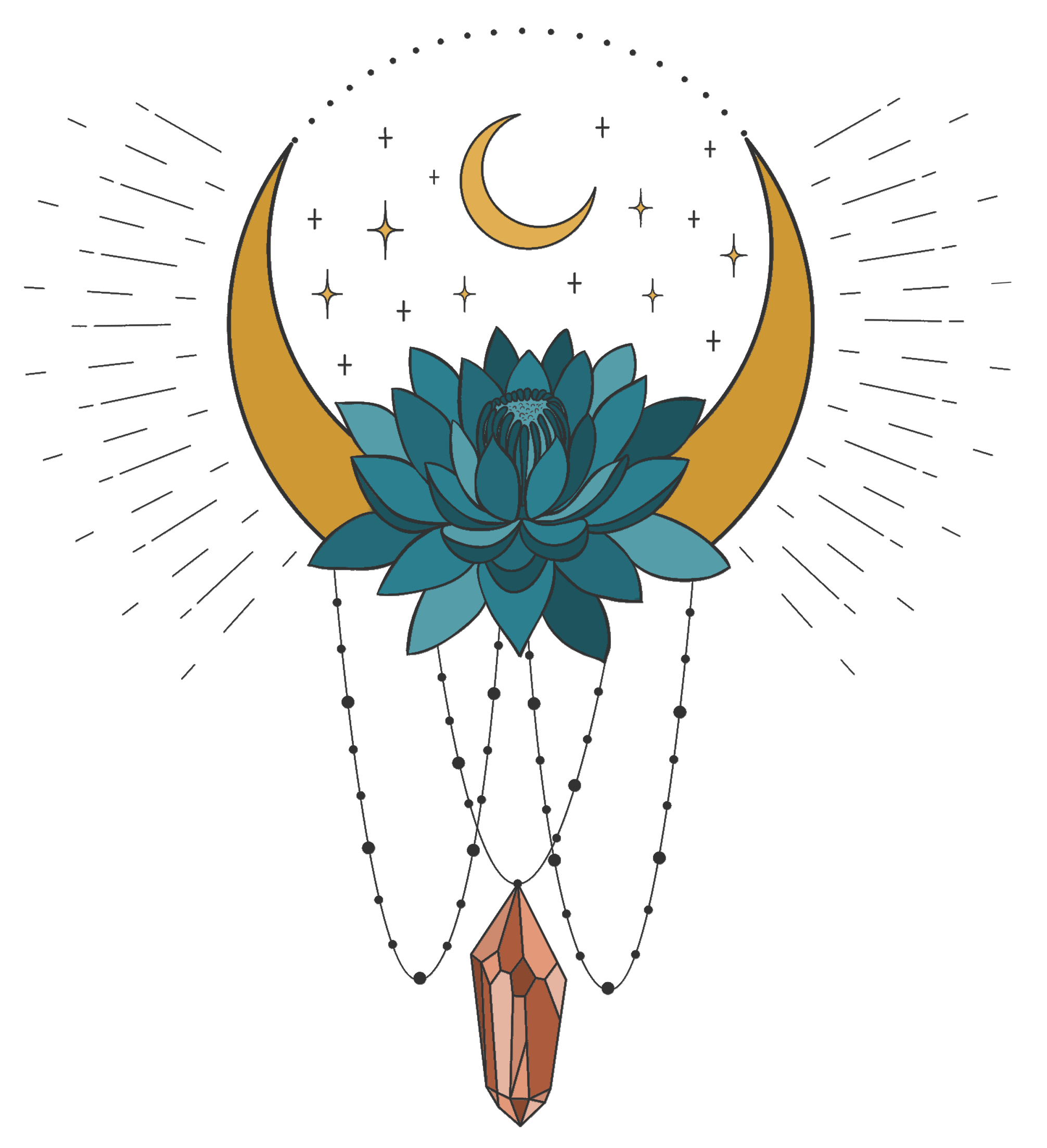I am always on the hunt for new essential oil products and brands. Essential oils are a fantastic way to naturally improve our well-being on a mental, emotional, and physical level.
I most recently discovered 21 Drops, and was immediately intrigued. When asked what set them apart from other essential oil companies, their response was what sealed the deal!
- All of the essential oils used in our blends are therapeutic-grade, 100% natural, sourced from artisan distillers, organic or wild-crafted, and GC-MS tested to ensure their upmost purity and effectiveness.
- We focused on the molecular chemistry, so you can focus on the physical. Our remedies are pre-blended to treat some of the most common conditions, allowing you more time to spend time with your partner or try that new yoga class.
- All of our essential oils are safely diluted in 100% jojoba carrier oil.
- Our bright, colorful rollerball packaging makes our blends easy to toss into a purse, place aside your bed or at your desk at work. Basically, they're way more fun and simple to use.
The Let's Celebrate kit includes three 3ml oil blends: Invigorate, Passion, and De-Stress. Each blend is formulated specifically for inhalation and topical application, and every one comes with a fantastic affirmation!
Invigorate (#01) is a combination of black pepper (enlivens & motivates), cedarwood (maximizes endurance), juniper (energizes & invigorates), and rosemary (stimulates the mind). The affirmation that comes with this oil is "I initiate. I act. I deliver." This has been my go-to oil for early mornings and mid-afternoon for when I need a pick-me-up! Caffeine never seems to agree with me (if you ever see me with super shaky hands and looking a little grey, its likely the barista accidentally switched my decaf for something higher octane), so coffee is usually too strong for the usual slow-moving moments. However, one whiff of this blend is enough to get me moving, and once I put a little on my wrists, I am getting things done! I've started keeping this one on my desk so that whenever I feel myself loosing steam, I can have it within reach so I can get back in action!
Passion (#06) is a combination of cardamom (enlivens & refreshes), jasmine (diminishes fears & inhibitions, rose (invites feelings of love), and sandalwood encourages self-acceptance. The affirmation that comes with the blend is "I am open. I am playful. I am inspired." If sunshine came in the form of an essential oil, this would be it. When wearing Passion, I feel radiant and goddess-like. The floral aspects make it a great date night scent, but I love wearing it anytime I want to feel sunshine-y and special!
De-stress (#11) is a combination of frankincense (quiets the mind), German chamomile (reduces tension), lavender (reduces anxiety), and ylang ylang (helps ease panic attacks). The affirmation is "I accept. I bend. I release." This oil is my new signature scent, hands down. I usually have an affinity for similar blends (as an old flame once proclaimed: "You always smell like tea... It is a good thing, I swear!"), but 21 Drops De-Stress takes the cake. Every time I put on this essential oil, I can feel all of the tension in my body melt away, and I am left relaxed and smiling.
After the success of these three blends, I cannot wait to try their others! The next ones I have my eye on are #03 Strength, #07 Equalize, #12 Uplift, and #17 Digest, not to mention getting bigger sizes of what I already have!
Have you tried 21 Drops yet? Check them out on their website, and enjoy!
















